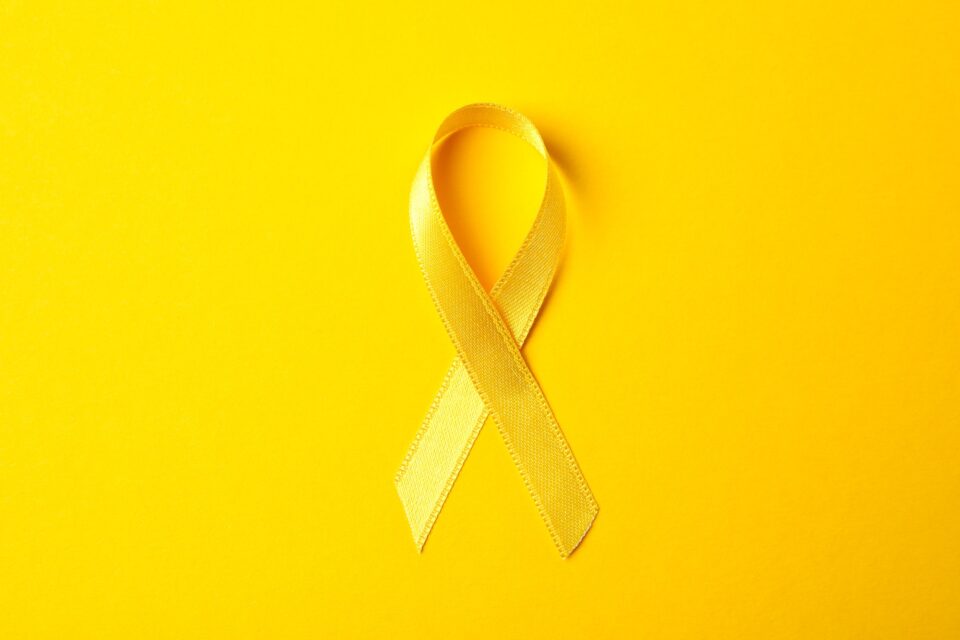Scientists, medical professionals, and researchers are always looking for different ways to effectively treat the myriad of cancers.
Although the pandemic made it difficult for people to meet and work over the last two years, more progress has been made. Communities are learning to deal with the difficulties of continuing treatments for cancer patients who are among the most vulnerable to COVID-19 infection.
In 2022, new treatments and treatment strategies will be adopted to make the most out of this new research and to ensure that people who need treatment can receive it safely and consistently.
New Therapies Discovered in 2021
Several new cancer therapies developed in 2021 are already coming to light in 2022. They will likely see more research throughout this year and come into common use soon. Of these, two major discoveries were made in this field. One covers a new, effective use of testosterone in treating prostate cancer. The other discovery outlines an innovative way to induce cancer cell death which may increase the effectiveness of cervical cancer treatments.
Testosterone Treatments for Prostate Cancer
Since the discovery of prostate cancer, doctors have known about the connection between testosterone levels and prostate cancer. As hormonally-driven cancer, testosterone plays an intrinsic part in the development of prostate issues. Blocking or purposely lowering testosterone production in an individual can help weaken cancerous cells in this area.
However, there have been issues with cancer cells becoming accustomed to low-testosterone levels. This has rendered the treatment less effective than it once was. Researchers in a University of Colorado Cancer Trial found surprisingly effective results by drastically and suddenly increasing the amount of testosterone given to patients.
Further research suggests that suddenly raising and lowering testosterone levels is an effective treatment for prostate cancer. However, further studies will likely need to be done to confirm the long-term benefits of this treatment method.
Utilizing Lysoptosis to Treat Cervical Cancer
Cancer treatments often employ a single strategy for ridding a body of cancer through several methods. Usually, the goal is to target and kill cancerous cells while keeping healthy cells alive. Finding increasingly effective ways to target these unwanted cells is the main goal of many cancer researchers.
Two new studies from the Washington School of Medicine in St. Louis have uncovered a new way to exploit a previously unutilized kind of cell death called lysoptosis. It may make it possible to weaken cancerous cervical cells, increasing the effectiveness of cervical cancer treatments.
How does it work? Researchers have known that a person whose blood contains a high amount of certain proteins, called SERPINB3, is more likely to have cancer. The greater quantity of proteins often suggests a worse prognosis for the individual. These cancerous cells will die by treating the individual with a high-stress treatment, as is done in radiation and chemotherapies.
The problem? Many cells are resistant to this kind of stress therapy, leading to more healthy cell death without a proportional amount of cancerous cells dying with them. This is a problem that researchers have been trying to solve.
At the Washington School of Medicine, researchers discovered that this resistance is because of the same proteins discussed earlier. When the genes that produce those proteins are removed from the cancerous cells, they are less resistant to stress therapies like chemotherapy and go through a kind of cell death called lysoptosis.
These researchers hope to create a medication that can induce cells to stop producing the protein that strengthens cancerous cells to increase the effectiveness of stress therapies. They also hope to find a way to use this same phenomenon to increase the strength of cells to prevent cell death in premature infants.
More Community Goals to Close Cancer Treatment Disparities
There have always been health disparities between classes, people, and communities. Some areas have better access to financial support and facilities that treat cancer than others do. But with the onset of the COVID-19 pandemic, these disparities have become more pronounced.
Many individuals have had to reschedule or cancel important screening appointments. Some even canceled treatments altogether as they’ve fallen into financial hardships. This has prevented these individuals from getting the care they need. It has also disproportionately affected individuals in minority groups and low-income neighborhoods.
Attempting To Balance These Inequalities
To help combat these growing issues and to start returning screening and appointment levels to normal, non-profit and community organizations will need to work to increase their communication with these groups. This may be done using several methods.
For one, researchers and clinics will be looking to diversify their staff to help reach out to minority communities. There will also be further attempts to diversify the participants involved in clinical studies. This will be a good step to ensuring that new treatments, like the ones discussed today, will work effectively on all people.
Non-medical attempts to decrease the inequalities seen in cancer treatment will fall on the shoulders of community outreach programs and non-profit organizations. By educating the public about cancer, members of minority and low-income communities may become more familiar with nearby resources.
Reaching Towards Better Treatments in 2022
Even in 2021, where many research difficulties were faced, there were treatments in development that may help people with certain cancers recover more quickly from their illness.
The pandemic highlighted the drastic inequalities of treatment that occur in different communities across the nation. While it’s disappointing to see these issues, the pandemic offers a great opportunity to evaluate where and why these discrepancies happen. This may lead to more effective community outreach. Then, more at-risk people can receive the screenings or treatments they need to preserve their health and take advantage of new cancer treatments as they develop.
Our mission at Wheelhouse is to close the gaps in the way cancer is prevented and treated. Connect with us today to learn how you can bring a holistic cancer care approach to your employees.
Sources:
https://news.cuanschutz.edu/cancer-center/testosterone-clinical-trial-prostate-cancer
https://phys.org/news/2022-01-treatment-radiation-resistant-cervical-cancer.html







